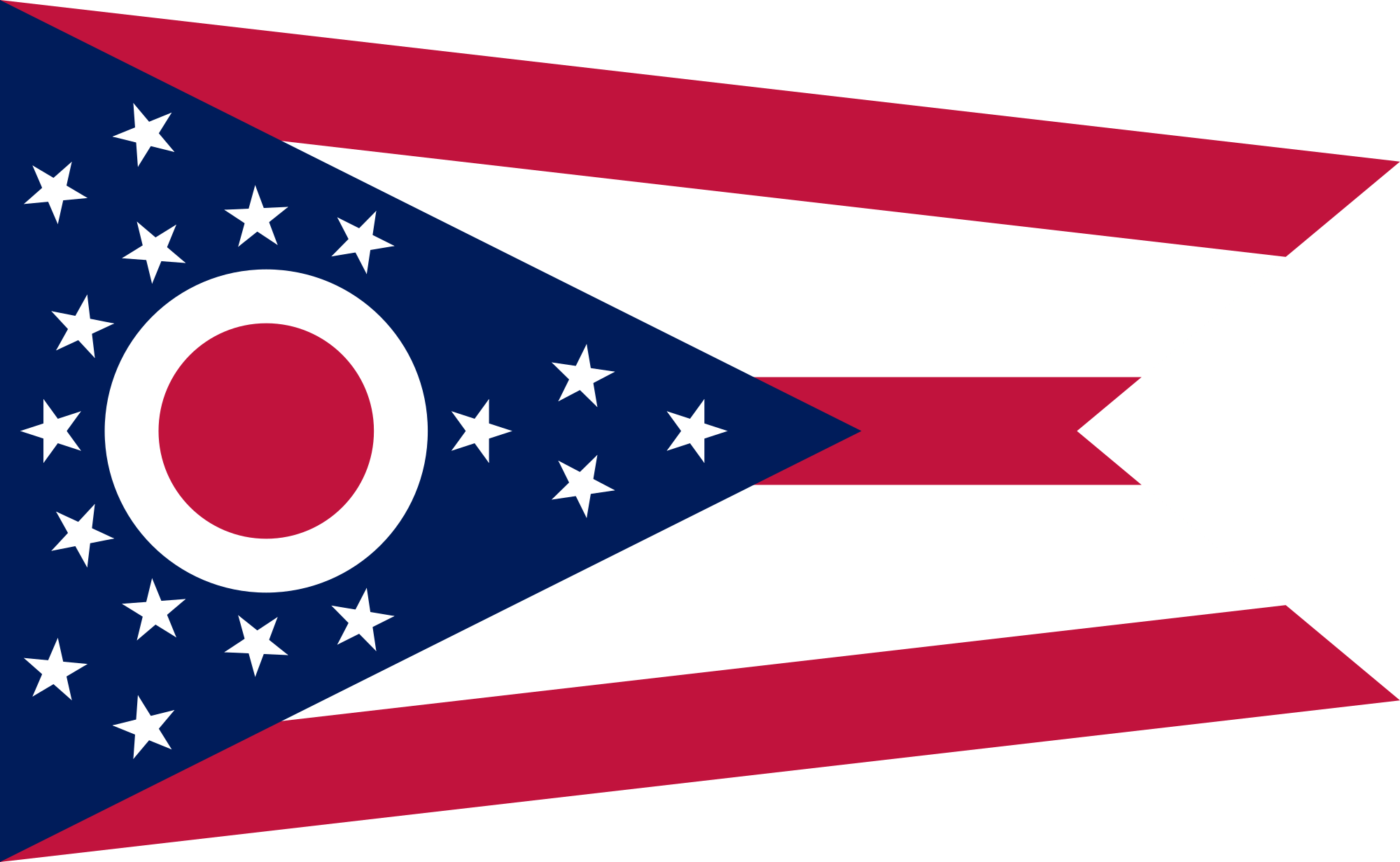Quick Hits
- Ohio now allows commonly controlled, managed, or owned companies—or companies reorganized in such a way—to apply for a single unemployment insurance account for reporting purposes.
- Companies must file a “transfer of business form,” which began to be accepted on January 1, 2025.
On December 11, 2024, the Ohio Department of Job and Family Services (ODJFS) adopted revisions to Ohio Administrative Code Rule 4141-11-13 that rescinded the prior prohibition on common paymaster reporting, where one entity reports unemployment insurance for a group of related entities with concurrent employment. This change allows Ohio unemployment insurance reporting to be more closely aligned with the Internal Revenue Service’s “common paymaster” employment tax reporting.
Under the new Ohio rule, commonly controlled, managed, or owned companies, or companies reorganized in such a way, may apply for a single unemployment insurance account to report all employees. The rule is currently being interpreted to include registered professional employer organizations in which shared employees are coemployed. Companies meeting the rule’s definition must file a “transfer of business form … identifying the concurrent employers, and whether the employees will be reported on the primary account due to concurrent employment or transfer.”
The rule defines “concurrent employment” as the employment of an individual with at least two substantially commonly owned, managed, or controlled employers during the same time period.” According to ODJFS, commonly owned companies may further reorganize their structure to “create a new commonly owned entity” or may “use one of their existing commonly owned businesses as the primary-wage-reporting entity.”
The changes significantly streamline the unemployment insurance reporting process for commonly owned companies. Under the prior Rule 4141-11-13, each corporate entity was required to report payments for employees regardless of whether it was controlled by another entity under a “common paymaster arrangement” or similar.
The rule also makes clear that common paymaster reporting is an exception to the rule that one legal entity may not report another legal entity’s employees for Ohio unemployment insurance purposes without transferring the direction and control of the employees to the legal entity that will report the employees for Ohio unemployment insurance. Thus, common paymaster reporting is more than just an administrative election to report unemployment insurance under a particular entity.
Next Steps
The ODJFS began accepting applications for a single unemployment insurance reporting account on January 1, 2025. Employers must file a “Transfer of Business” form (JFS 20101), which can be found on the ODJFS website here.
If the primary account does not have an employer ID, ODJFS requires the employer to open a new account online or file “Report to Determine Liability” form (JFS 20100), which can be found on the ODJFS website here.
Ogletree Deakins’ Employee Benefits and Executive Compensation Practice Group will continue to monitor developments and will provide updates on the Employee Benefits and Executive Compensation and Ohio blogs as additional information becomes available.
Follow and Subscribe








